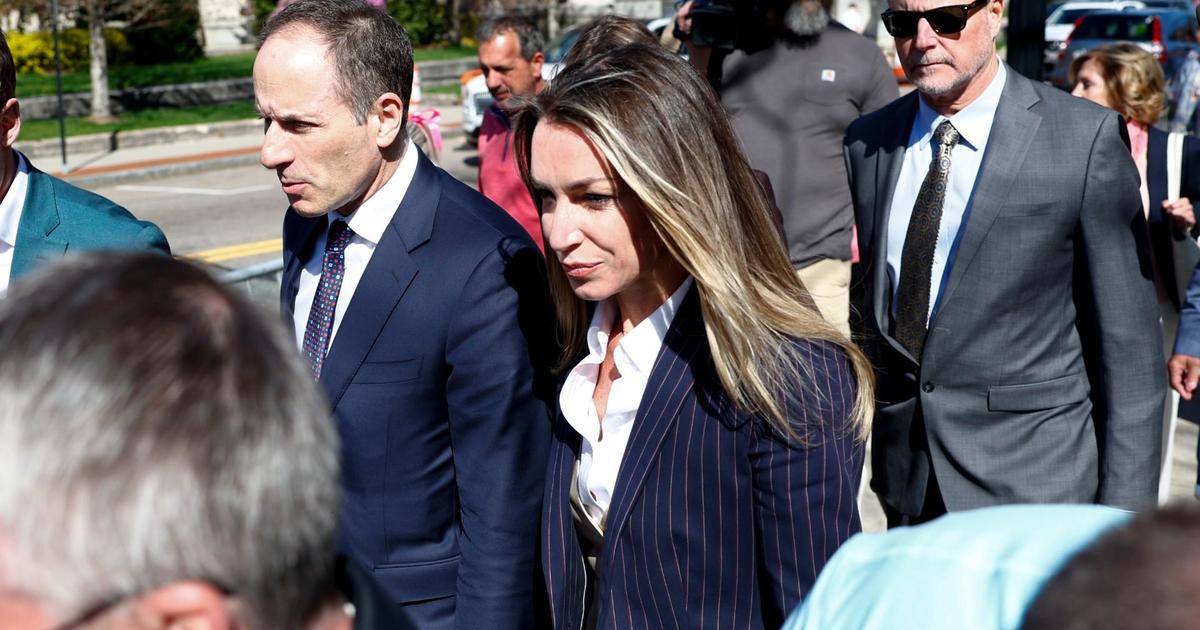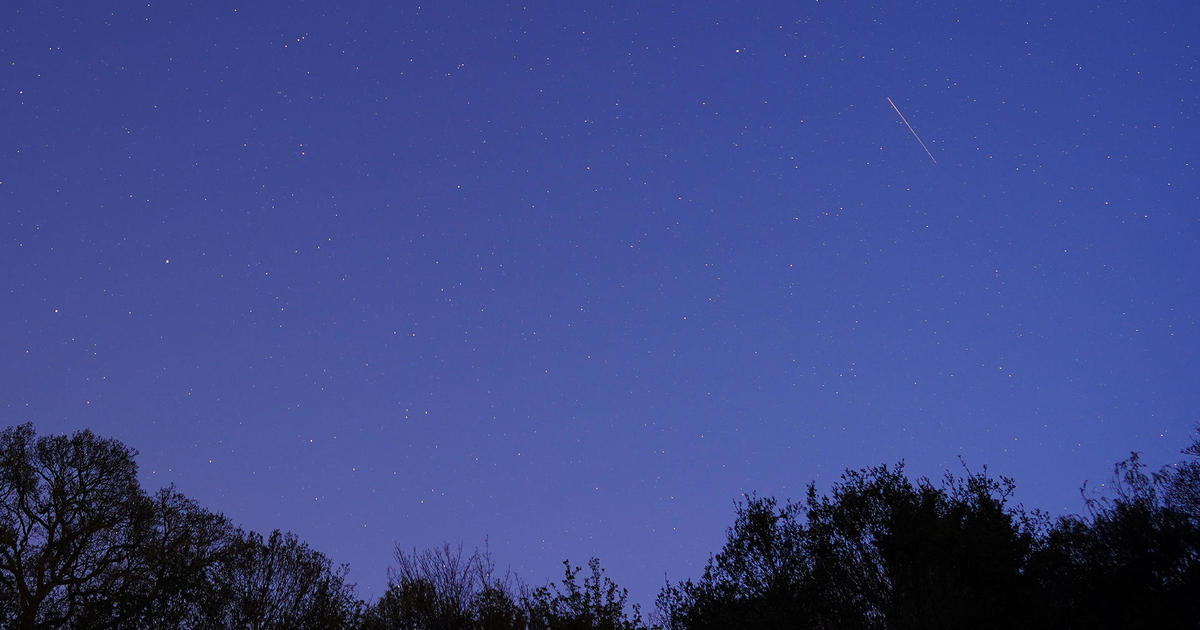MIT Grad Part Of Successful Curiosity Rover Landing On Mars
PASADENA, Calif. (CBS/AP) — In a show of technological wizardry, the robotic explorer Curiosity blazed through the pink skies of Mars, steering itself to a gentle landing inside a giant crater for the most ambitious dig yet into the red planet's past.
WBZ NewsRadio 1030's Karen Twomey reports
Podcast
Cheers and applause echoed through the NASA Jet Propulsion Laboratory late Sunday after the most high-tech interplanetary rover ever built signaled it had survived a harrowing plunge through the thin Mars atmosphere.
"Touchdown confirmed," said engineer and MIT grad Allen Chen. "We're safe on Mars."
Minutes after the landing signal reached Earth at 10:32 p.m. PDT, Curiosity beamed back the first black-and-white pictures from inside the crater showing its wheel and its shadow, cast by the afternoon sun.
WBZ-TV spoke with Chen through Skype
"We landed in a nice flat spot. Beautiful, really beautiful," said engineer Adam Steltzner, who led the team that devised the tricky landing routine.
It was NASA's seventh landing on Earth's neighbor; many other attempts by the U.S. and other countries to zip past, circle or set down on Mars have gone awry.
The arrival was an engineering tour de force, debuting never-before-tried acrobatics packed into "seven minutes of terror" as Curiosity sliced through the Martian atmosphere at 13,000 mph.
In a Hollywood-style finish, cables delicately lowered the rover to the ground at a snail-paced 2 mph. A video camera was set to capture the most dramatic moments — which would give Earthlings their first glimpse of a touchdown on another world.
"It's a big challenge to land something on Mars when you don't have a lot of control. It takes 14 minutes just for the radio waves to get here from Mars and 14 minutes for us to send a command," Chen told WBZ NewsRadio 1030.
"Those pictures will come out to the world as soon as we see them. You'll see them just like we will."
The extraterrestrial feat injected a much-needed boost to NASA, which is debating whether it can afford another robotic Mars landing this decade.
At a budget-busting $2.5 billion, Curiosity is the priciest gamble yet, which scientists hope will pay off with a bonanza of discoveries and pave the way for astronaut landings.
Over the next two years, Curiosity will drive over to a mountain rising from the crater floor, poke into rocks and scoop up rust-tinted soil to see if the region ever had the right environment for microscopic organisms to thrive.
It's the latest chapter in the long-running quest to find out whether primitive life arose early in the planet's history.
The voyage to Mars took more than eight months and spanned 352 million miles.




